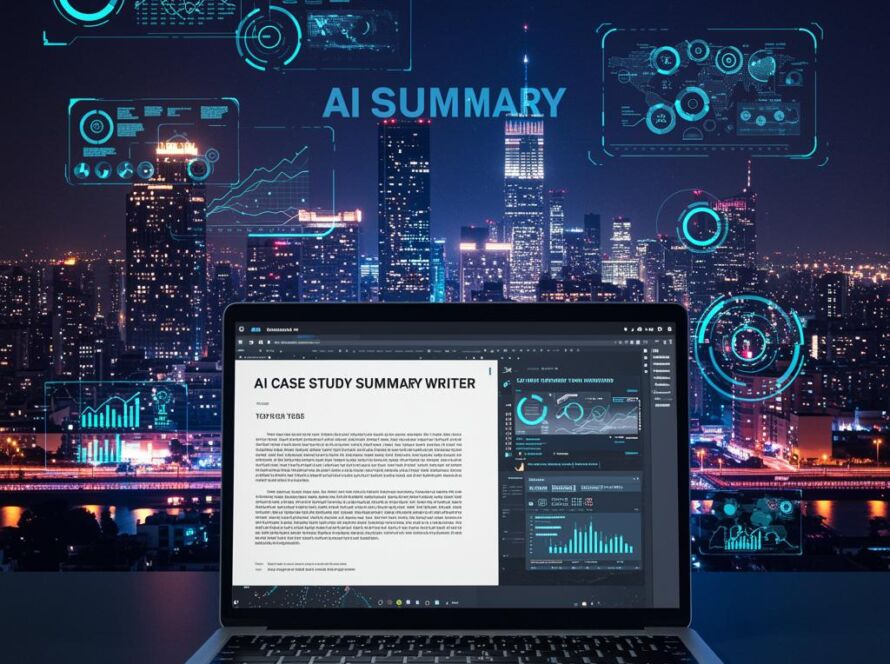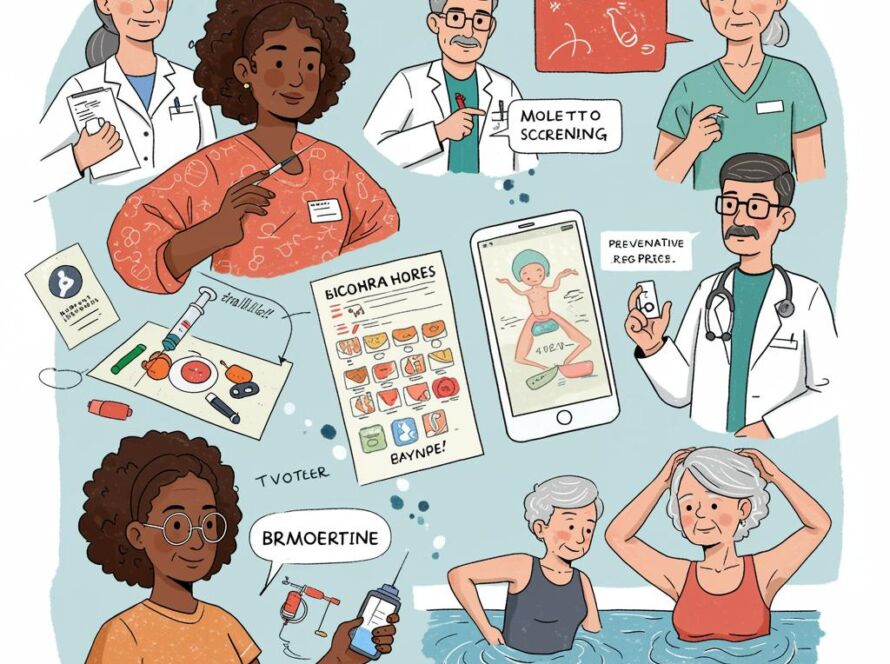Media Criticism Framework: Your Guide to Analysis
Media Criticism Framework: A Guide to Analyzing Media Messages
In today’s saturated media landscape, developing critical thinking skills is more crucial than ever. A media criticism framework provides the tools to dissect media messages, understand their underlying meanings, and evaluate their potential impact. This post will equip you with a practical framework to analyze various media forms, from news articles and advertisements to films and social media posts.
Five Key Elements of a Media Criticism Framework
This framework utilizes five core elements to provide a comprehensive approach to media analysis.
1. Textual Analysis: Deconstructing the Message
Textual analysis involves examining the actual content of the media. This includes analyzing the language used, the imagery presented, the structure of the narrative, and any symbolic elements. Consider questions like: What are the dominant themes? How are characters portrayed? What persuasive techniques are employed?
2. Audience Reception: Understanding the Impact
Understanding the target audience and how they might interpret the message is vital. Different audiences bring varying experiences, beliefs, and cultural backgrounds, influencing their reception of the media. Consider: Who is the intended audience? How might different demographic groups interpret this message? What emotional responses might it evoke?
3. Production Context: Unveiling the Creators’ Influence
Examining the production context helps understand the motivations and influences behind the media’s creation. This includes researching the creators, their background, the funding sources, and the broader media landscape. Ask yourself: Who created this message? What are their potential biases or agendas? What are the economic and political factors influencing its production?
4. Socio-Cultural Context: Placing Media in Perspective
Media doesn’t exist in a vacuum. Analyzing the socio-cultural context means considering the broader social, political, and historical circumstances surrounding the media. This helps understand how the media reflects and shapes societal values and norms. Consider: How does this media relate to current events? What cultural values does it reinforce or challenge? How does it contribute to broader social discussions?
5. Media Ownership and Control: Examining Power Dynamics
Understanding who owns and controls media outlets is critical. Media ownership can influence the types of stories told, the perspectives presented, and the overall message conveyed. Research the media outlet’s ownership structure and consider: How might ownership influence the content? Are there potential conflicts of interest? How does media concentration impact information diversity?
Putting the Framework into Practice: Analyzing an Advertisement
Imagine a car advertisement showcasing a sleek, expensive sports car driving through a scenic mountain range. Using the framework:
- Textual Analysis: The ad uses aspirational language, emphasizing luxury and performance. The visuals depict freedom and adventure.
- Audience Reception: The target audience is likely affluent individuals who value status and excitement.
- Production Context: The car manufacturer funded the ad, aiming to increase sales and brand prestige.
- Socio-Cultural Context: The ad reflects societal values of material success and individualism.
- Media Ownership and Control: The ad agency and media platform airing the ad also play a role in shaping the message.
Benefits of Using a Media Criticism Framework
Applying a media criticism framework offers several benefits:
- Enhanced Critical Thinking: Develop a deeper understanding of how media messages are constructed and how they influence perceptions.
- Increased Media Literacy: Become a more informed and discerning media consumer, able to identify biases and evaluate information critically.
- Empowered Civic Engagement: Engage more effectively in democratic discourse by understanding the role of media in shaping public opinion.
Conclusion: Becoming a Critical Media Consumer
Developing a critical eye towards media is essential in the 21st century. By utilizing this media criticism framework, you can effectively analyze media messages, understand their potential impact, and ultimately become a more informed and empowered media consumer. This framework encourages active engagement with media, fostering critical thinking skills that are vital for navigating the complexities of our media-saturated world.



